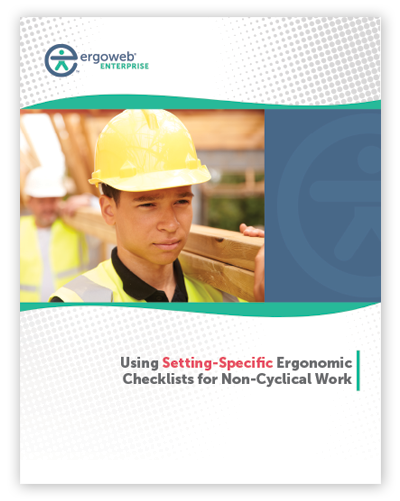February 6, 2013
Researchers have devised new methodologies and metrics to analyze patient migration while laying in hospital beds. The results of the study reviewed here should help hospital bed designers better understand patient migration patterns and influence new designs that will reduce migration, as well as reducing the pressure ulcers and skin tears migration can cause, and reducing the caregiver patient repositioning tasks that lead to high rates of back injury among nurses.






